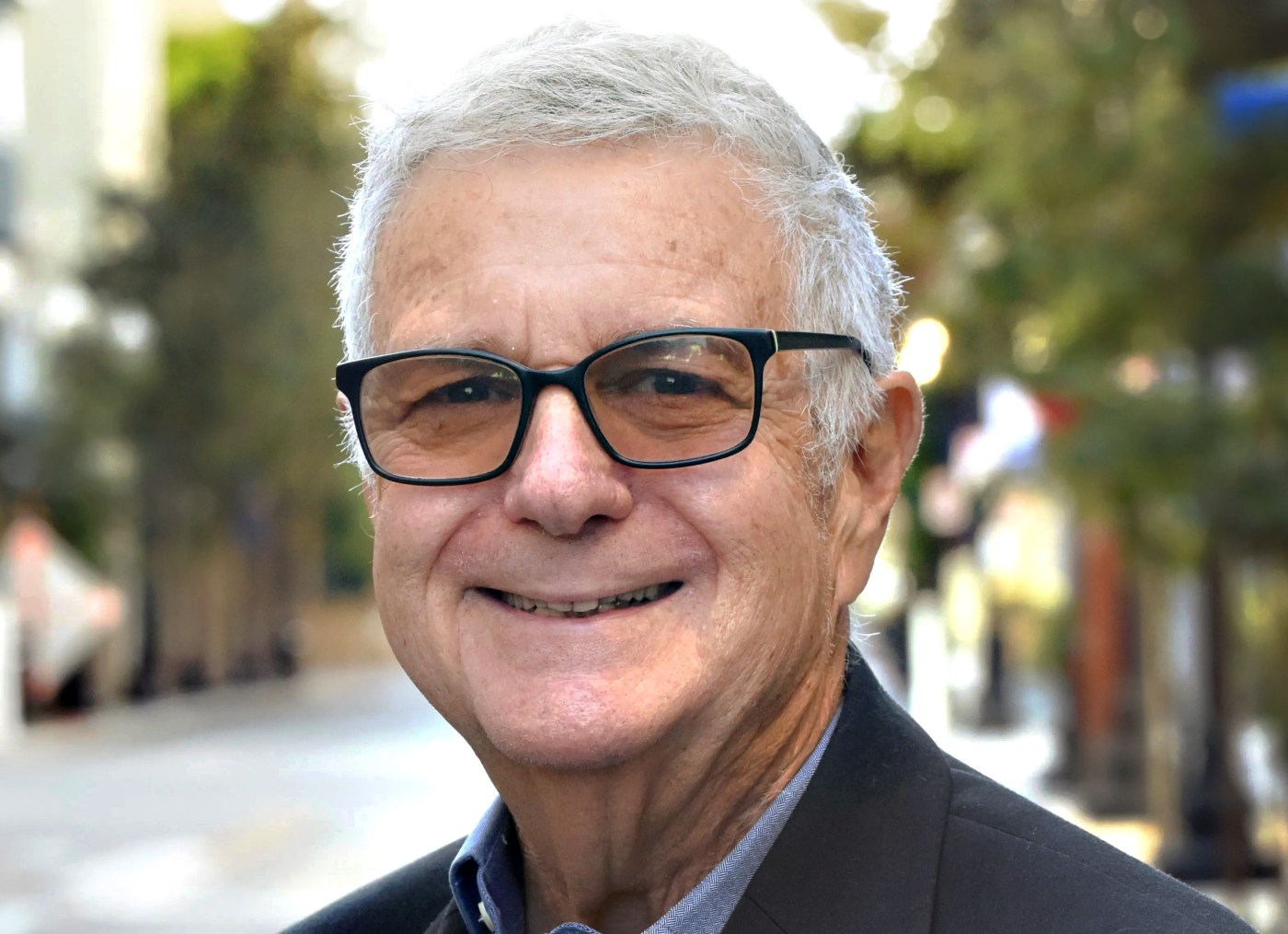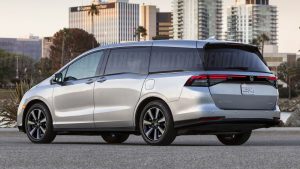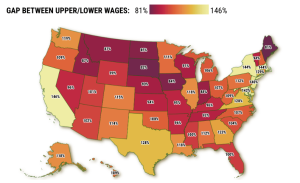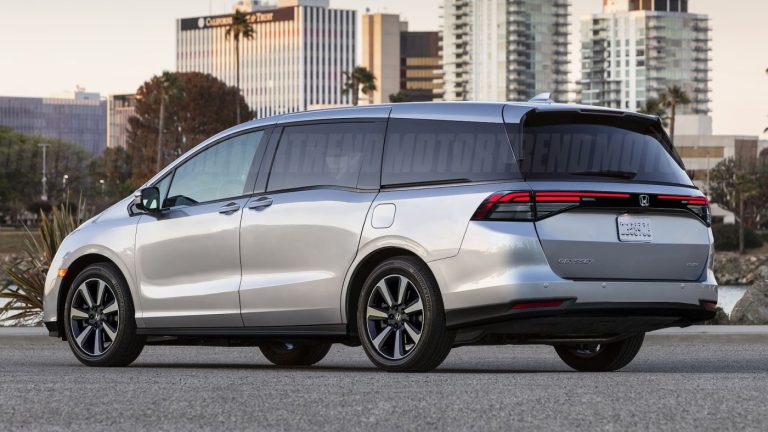When I was a child, I couldn’t help noticing my grandfather’s large, flesh-colored hearing aids, but this weekend I sat across from a friend and didn’t notice his hearing aids until he mentioned that he was wearing them.
Related Articles
Earbuds vs headphones and other personal listening devices
Magid: How to manage an EV battery
Larry Magid: Tech can be boring, but it’s getting interesting
Magid: A big week for generative AI
Magid: For kids, summertime doesn’t have to mean more screen time
Being small and almost imperceptible is one of the many advances in modern hearing aids. They also work much better, typically come with a smartphone app and are able to stream sound, including music and spoken words, from your smartphone. And they are often a lot less expensive, thanks to a 2022 FDA rule change allowing people with mild to moderate hearing loss to purchase “over the counter” hearing aids.
When I had my hearing tested in 2021, the audiologist said I didn’t need hearing aids. But a re-test two years later showed mild to moderate loss, especially in the higher frequencies. My doctor told me that hearing aids were optional, but I decided to give them a try. Many OTC hearing aids come with a generous return policy, and I opted to go to Costco, which lets you return them for up to six months.
Get professional advice
As is probably obvious, I am not a hearing or medical expert so any advice I give is purely from my tech background. I highly recommend you consult a doctor, audiologist or a licensed hearing aid dispenser before making any decisions or purchases.
Costco is one of many places you can go for hearing aids. Many medical clinics and hearing doctor’s offices also sell them as do audiologists. You can also buy them from some drug stores, including Walgreens and CVS and online from places like Jabra.com, Hear.com, HearingDirect.com and many other sites. You can even get them from Amazon.com.
Costco hearing aids
My doctor recommended Costco and that’s where I went. Since I only tried Costco and the hearing aids I purchased from them, I am not in a position to give a comparative review. All I can report is my experience there and with the Jabra Enhance Pro 20 hearing aids I purchased there for $1,650. Costco also offers other brands, starting at $1,499. The licensed hearing aid dispenser at Costco told me that all of the brands were very similar, but I chose Jabra mainly because I knew the company offers good phone support, even though Costco offers free in-store support. Costco’s actual price varies by state and model so don’t just go by what you see on their website.
My first experience at the Costco hearing center was to take a free hearing test in a soundproof room. The test was very comprehensive, and the results were almost identical to tests taken at Stanford and Palo Alto Medical Foundation. The test confirmed mild to moderate loss, which made me a candidate for hearing aids. They had to order the hearing aids and I returned in a few weeks to have them configured.
The configuration process involved further testing and, after connecting my hearing aids via Bluetooth to his desktop computer, the technician programmed them for my hearing and usage preferences. At that point I installed the Jabra app on my phone so that I could further customize them for different situations such as restaurants, when going for walks, watching TV or listening to music or spoken word through a Bluetooth connection to my phone.
Lost, replaced and reconfigured
One nice thing about Costco is that they offer loss protection — one replacement per ear. Unfortunately, I had to take them up on that after both hearing aids fell out when I removed a KN95 mask in a parking lot. Because the hearing aids are comfortable and my hearing loss isn’t severe, I didn’t notice they fell out until 2 hours later. I returned to that parking lot and used the Jabra app to locate the one hearing aid I was able to find on the ground. I never did find the other one, but Costco did replace the one I lost at no charge. I have since learned this is a common problem, so I purchased a 10-pack of Okupan Mask Extenders/Ear Savers for $12.99 that go around the neck instead of the ear lobes.
When the replacement hearing aid arrived I they both had to be re-configured, but this time the technician did a better job by configuring the buttons on the hearing aids to give me more control over the volume and making other adjustments that improve how they work with speech and other sounds along with audio streaming from my phone.
Service matters
One of the things that I have learned from my three months of on and off hearing aid usage is that it’s not just about the hardware, but the service and the app that comes with the product. Depending on which technician you get to work with, I found Costco to be extremely helpful. I’m sure that’s also the case if you buy them from a reputable audiologist.
Some online companies, including Jabra.com, offer not just phone or video support but remote configuration support with the ability of their audiologists and technicians to remotely adjust your hearing aids. Although I’ve had questions answered by Java phone support, I haven’t had the need for remote configuration because Costco does that in-person but, wherever you get your hearing aids, do look for a vendor that offers this type of support.
Comes with an App
The Jabra Enhance Pro app, like many other heading aid apps, allows me to adjust the volume level and the left-right balance and select different programs such as noise filter, speech clarity, “all-around” for typical usage scenarios and a “hear in noise” setting for restaurants and other noisy locations. There is also a Sound Enhancer setting which allows you to adjust noise reduction and wind noise reduction as well as an equalizer that lets you adjust the bass, midrange and treble. You can also set favorites. I’ve created settings for extra bass and what I call “mild noise” for different situations.
When you stream music or voice, it automatically switches to an audio streaming mode with the option to focus primarily on streaming or “hear all” which reduces external noise reduction. The music quality is not as good as most decent earbuds or headphones but it’s very convenient to be able to privately listen to streaming audio whenever you want. For those who are almost always wearing hearing aids during waking hours, it means you never have to worry about bringing earbuds or headphones with you. I have put my headphones over the hearring aids, which greatly enhances the audio quality for music. For podcasts, audio books and radio newscasts, streaming directly to the hearing aids are more than adequate.
Not quite “groovy”
I’m not claiming that these hearing aids make me any cooler or, as my generation used to say, “groovy”, but they are definitely not my grandfather’s hearing aids. If you hear what I’m saying.
Related Articles
California EV sales hit record level, but other states seem to have lost interest
Ukrainian winemakers visit Napa Valley to learn how to heal war-ravaged vineyards
Diablo Canyon nuke plant could trigger higher PG&E customer bills, experts warn
Downtown Oakland tower is seized by lender as Bay Area office woes widen
Opinion: California must not backtrack on promise of broadband for all
Larry Magid is a tech journalist and internet safety activist. Contact him at larry@larrymagid.com.












